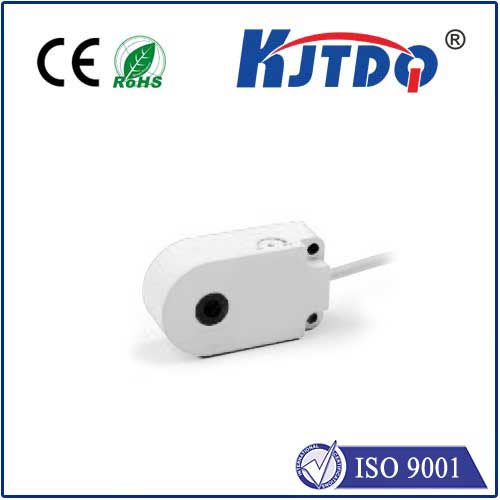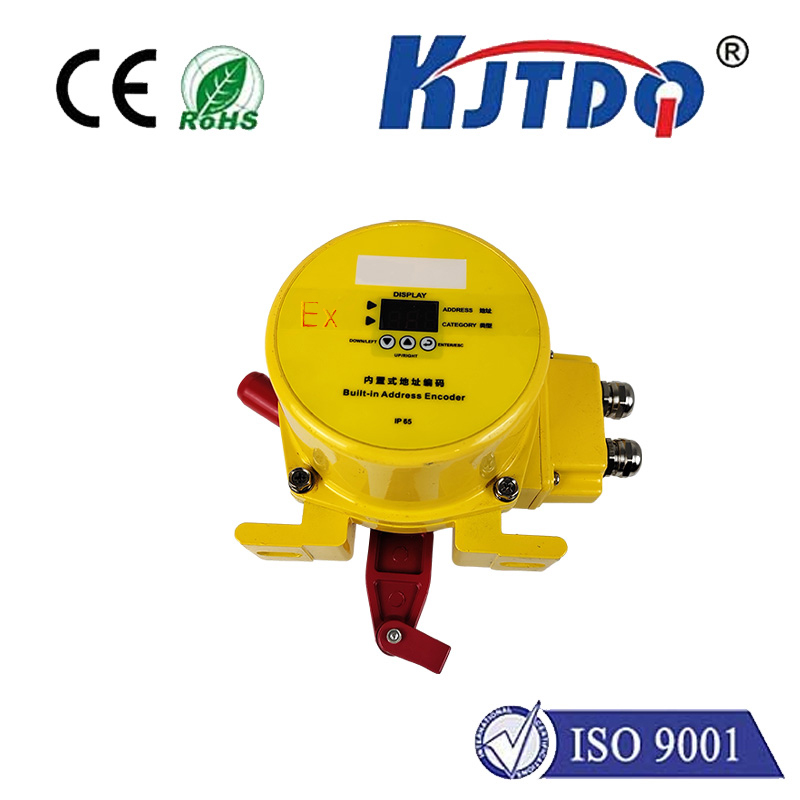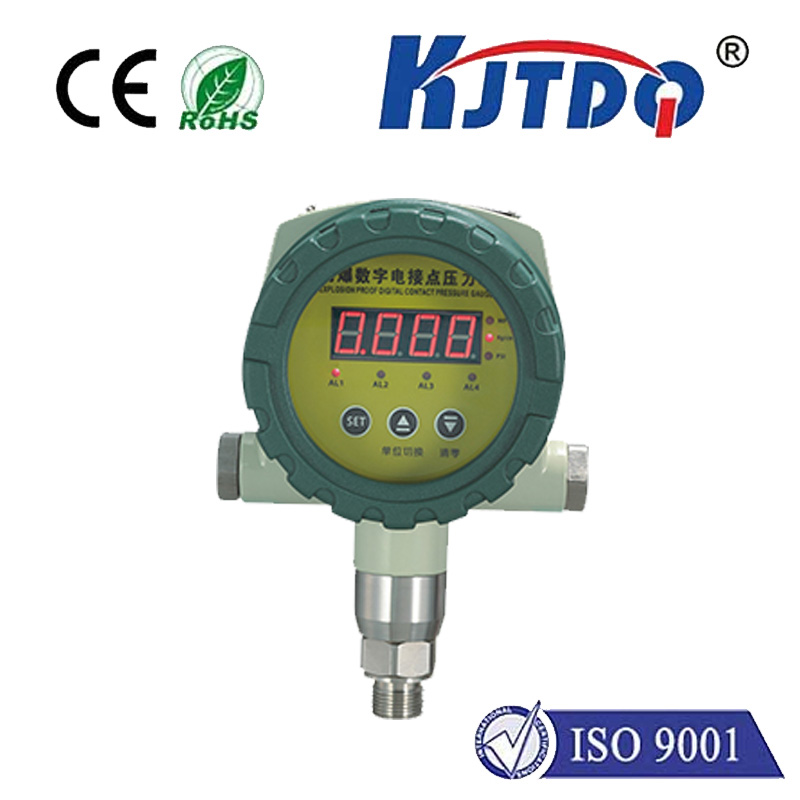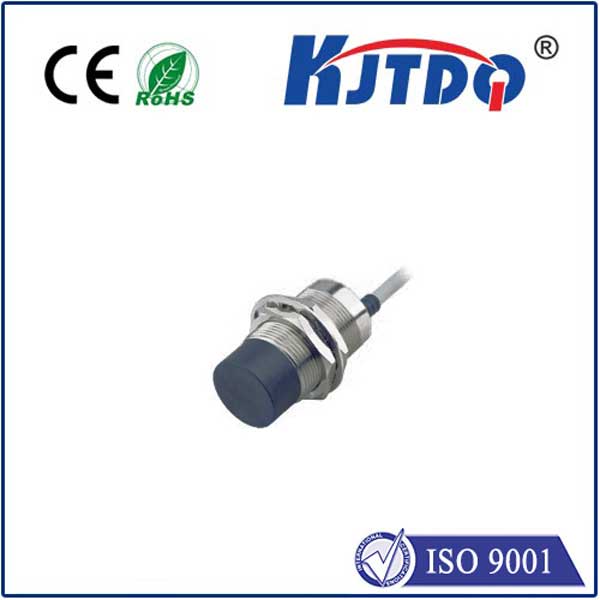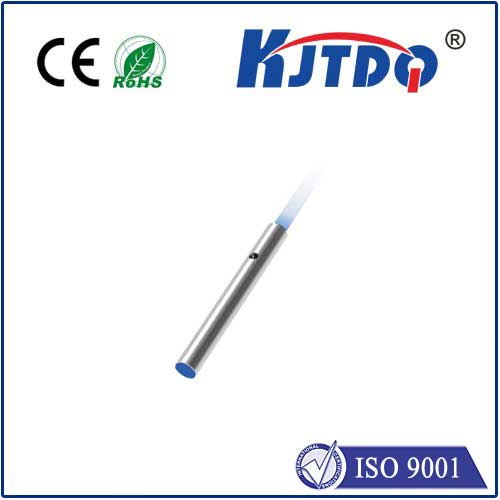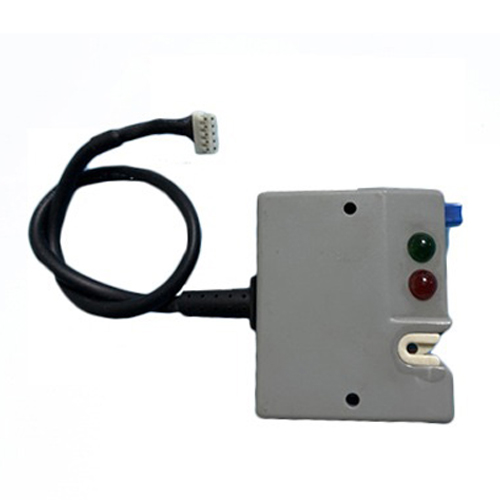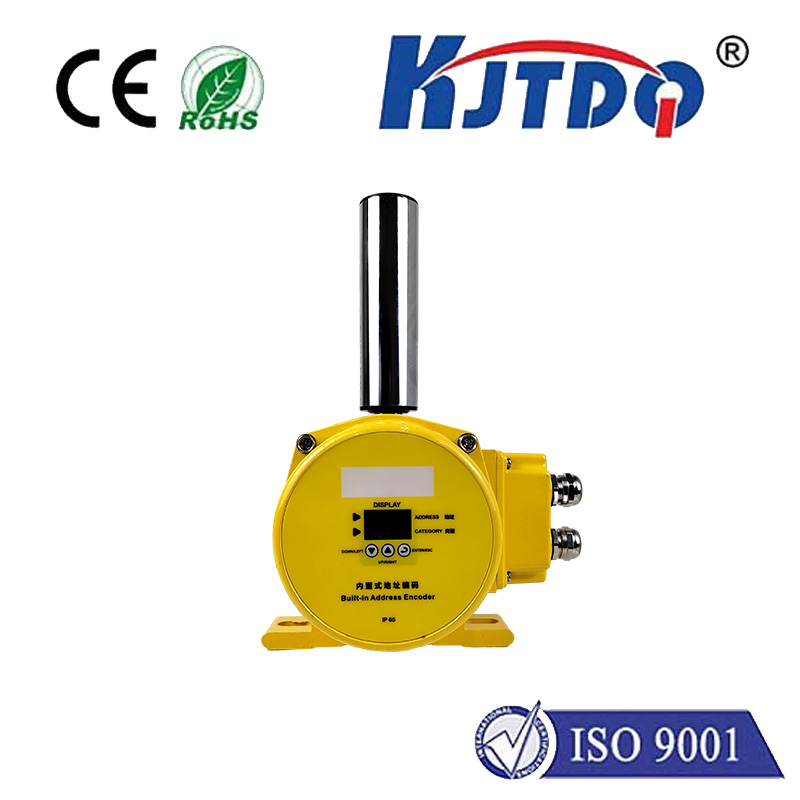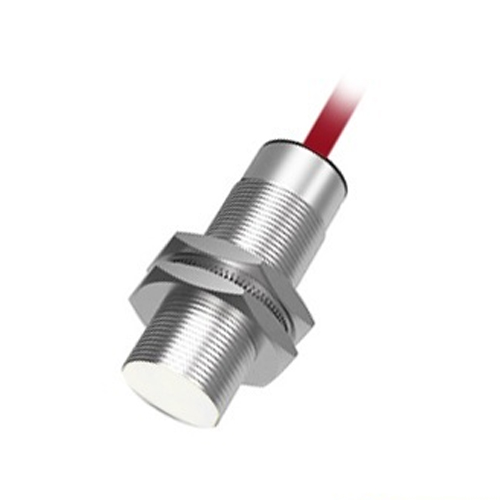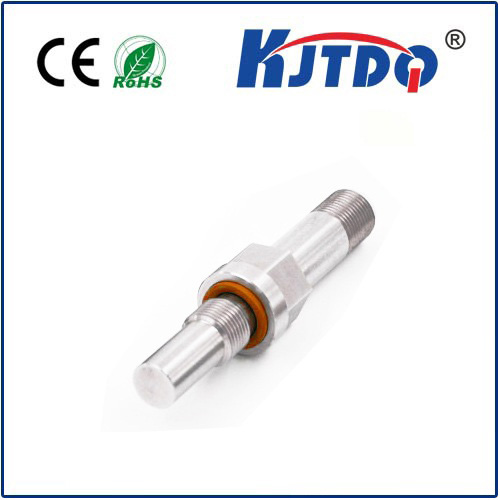photoelectric sensor plastic bag
- time:2025-09-14 03:15:42
- Нажмите:0
Photoelectric Sensors: The Unseen Guardians of Plastic Bag Handling and Production
Plastic bags – ubiquitous, versatile, and surprisingly complex to handle in fast-moving industrial environments. From ensuring bags are correctly filled on packaging lines to verifying their presence in automated dispensing systems, reliable detection is paramount. This is where the often-overlooked Фотоэлектрический датчик steps into the spotlight, becoming an indispensable component in the world of plastic bag automation. Its ability to detect transparent and translucent materials with precision makes it uniquely suited for this critical task, ensuring efficiency, preventing costly errors, and streamlining countless processes across manufacturing and logistics.
Imagine a high-speed packaging line: rolls of plastic film whizzing by, destined to become product bags. A misaligned bag, a missed seal, or an empty bag slipping through undetected can cause jams, product loss, and significant downtime. Traditional sensors often stumble when confronted with the inherent challenge of plastic bag detection – their thinness, transparency, or inconsistent surface properties. Enter the Фотоэлектрический датчик, a technology specifically designed to overcome these hurdles using the power of light.
The Core Principle: Light as the Detectable Signal
At its core, a Фотоэлектрический датчик operates on a simple yet profound principle: it emits a beam of light (visible red, infrared, or laser) and detects changes in the light received. When detecting plastic bags, the sensor exploits how the bag interacts with this beam. There are primarily two common configurations used:
- Through-Beam Sensors (Sender/Receiver Pairs): This configuration uses two separate units—an emitter and a receiver—placed directly opposite each other. The emitter constantly sends a light beam towards the receiver. When a plastic bag passes between them, it interrupts this beam. The receiver detects this loss of light and triggers a signal indicating the bag’s presence. This method is exceptionally reliable for detecting even completely transparent plastic bags because it relies on beam interruption rather than reflection off the bag’s surface. It’s ideal for high-speed counting or position verification applications.
- Diffuse Reflection Sensors (One Unit): This single-unit sensor contains both the emitter and receiver. It emits a light beam and relies on detecting light reflected back from the target object. For plastic bag detection, specially designed diffuse reflection sensors focus on detecting the minimal reflection from the bag’s surface or utilize background suppression techniques. Background suppression is crucial here. These sensors calculate the distance to the object reflecting the light. By setting the sensor to detect only objects within a very close, specific range (primarily occupied by the passing plastic bag), they can effectively ignore the more distant background, making them excellent for detecting bags against conveyor belts or other surfaces.
Why Photoelectric Reigns Supreme for Plastic Bags

Compared to other sensing technologies like ultrasonic or capacitive sensors, Фотоэлектрический датчик offer distinct advantages in plastic bag detection scenarios:
- Reliability with Transparency: They are uniquely capable of consistently detecting thin, transparent, and translucent materials where other sensors often fail.
- High Speed: Capable of detecting objects moving at very high speeds, essential for modern packaging and material handling lines.
- Non-Contact Operation: The sensor never physically touches the plastic bag, eliminating wear and tear on the sensor or potential damage to delicate bags.
- Precision: Modern sensors offer high precision in terms of detection distance and repeatability, critical for accurate positioning and counting.
- Многогранность: Available in various form factors, sensing ranges, and output configurations to fit diverse applications.
Overcoming the Challenges: Thin, Transparent, and Tricky
Detecting plastic bags, especially thin or highly transparent varieties like polyethylene (PE) bags, presents specific challenges:
- Minimal Light Interruption/Reflection: Extremely thin or clear bags offer very little material to interrupt a through-beam or reflect light back to a diffuse sensor.
- Wrinkles and Distortions: Bag surfaces are rarely perfectly flat; wrinkles can scatter light unpredictably.
- Varied Backgrounds: Conveyor belts or machinery backgrounds can interfere if the sensor isn’t properly tuned.
Фотоэлектрический датчик technology has evolved sophisticated solutions:
- Polarized Filters: Used in polarized retro-reflective sensors and some diffuse models. They filter out reflections from shiny surfaces (like the bag itself if crinkled) that could cause false signals, enhancing reliability on glossy plastic bags.
- Laser-Based Sensors: Laser light sources provide a very focused, intense beam. This allows even the faintest reflection from a thin plastic bag to be detected reliably by diffuse sensors, offering superior performance on challenging materials and at longer sensing distances.
- Contrast Sensors: These are a specialized type of diffuse sensor calibrated to detect differences in surface reflectivity or transparency. They excel at distinguishing between, for example, the presence or absence of a printed label on a clear bag or detecting a bag edge against a conveyor.
- Advanced Optics and Signal Processing: Modern sensors incorporate sophisticated lenses and signal processing algorithms to maximize light capture and differentiate the target signal from environmental noise.
Wide-Ranging Applications in the Plastic Bag Realm
The combination of Фотоэлектрический датчик capabilities makes them ubiquitous in industries dealing with plastic bags:
- Form-Fill-Seal (FFS) Machines: Critical for verifying film presence before sealing, detecting bag position for precise filling, confirming seal integrity, and counting finished bags. A sensor failure here can lead to massive product waste.
- Bag Opening for Filling: Sensors detect when a bag is correctly presented at a filling station and trigger air nozzles or mechanical arms to open it.
- Bag Counting and Verification: Ensuring the correct number of bags are packed into cartons or dispensed from vending machines. Through-beam sensors are often the go-to choice for high-speed counting.
- Conveyor Line Control: Detecting the presence of a bag to start/stop conveyors, initiate sorting gates, or activate other downstream processes like labeling or inspection.
- Bag Dispensing Systems: Verifying a single bag has been dispensed correctly in retail or packaging settings. Diffuse reflection sensors with background suppression work well here.
- Quality Control: Detecting defects like holes (by sensing unexpected light passage) in specific quality inspection setups.
Selecting the Right Sensor for the Plastic Bag Task
Choosing the optimal Фотоэлектрический датчик involves considering several factors related to the plastic bag itself and the application:
- Bag Transparency/Opacity: Highly transparent bags demand high-sensitivity sensors like laser diffuse or require a through-beam setup.
- Bag Thickness and Surface: Thin, flimsy bags versus thicker, more opaque ones; matte versus glossy finish.
- Detection Goal: Presence/Absence, Edge Detection, Counting, Level Detection?
- Required Sensing Distance: How far away does the sensor need to be mounted?
- Mounting Constraints: Space limitations around the detection point?
- Operating Environment: Dust, moisture, temperature extremes, or ambient light interference?
- Required Speed: How fast are the bags moving?
Consulting with sensor manufacturers or automation specialists is often essential to navigate these variables and select the sensor type and model that will deliver reliable plastic bag detection in the specific context.
Illuminating Efficiency
The unassuming Фотоэлектрический датчик plays a vital, often invisible, role in the lifecycle of plastic bags. By harnessing light with precision and intelligence, these sensors overcome the inherent challenges of detecting thin, transparent materials. They ensure the smooth operation of high-speed packaging lines, guarantee accurate filling and counting, prevent costly errors,

